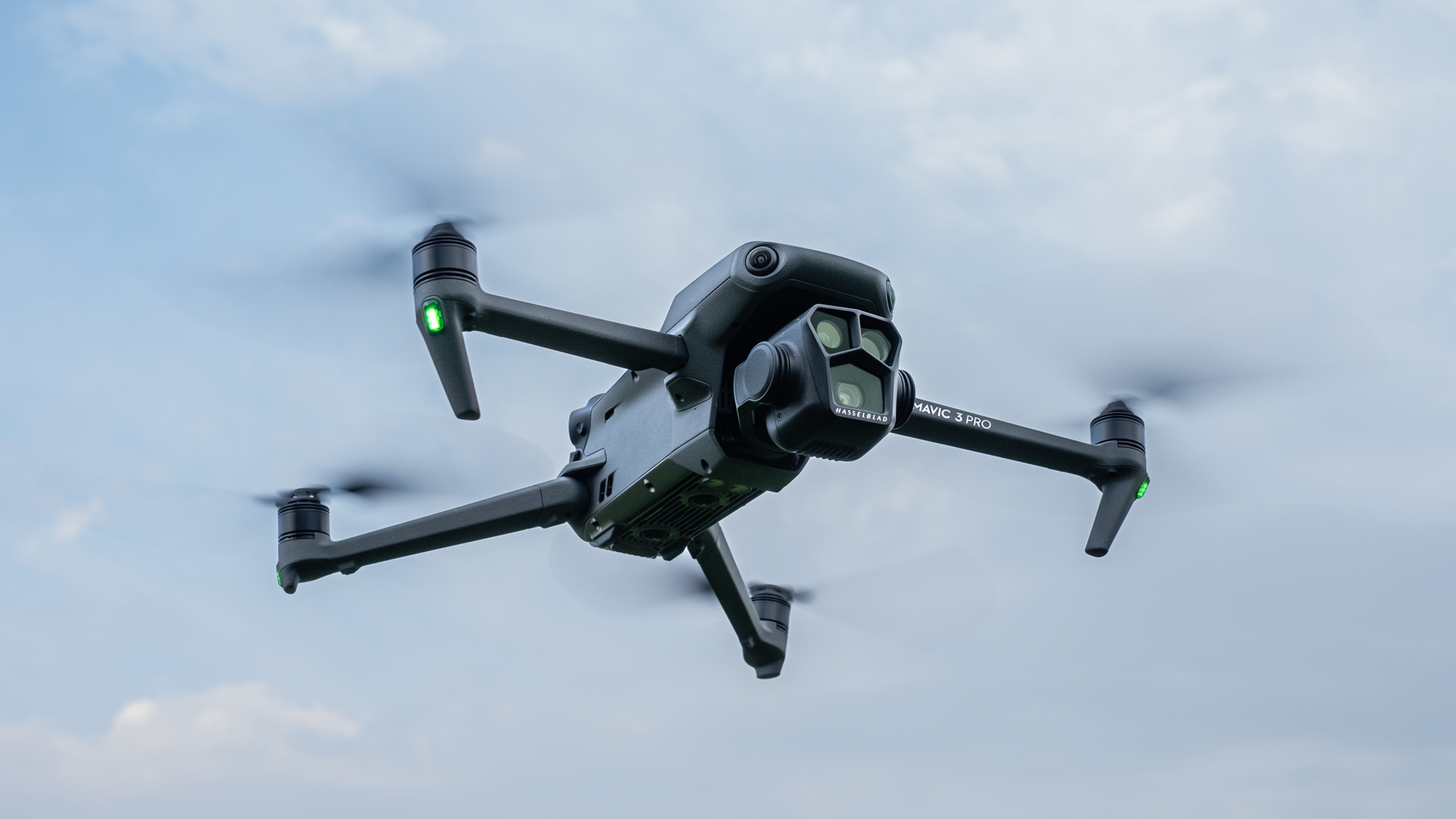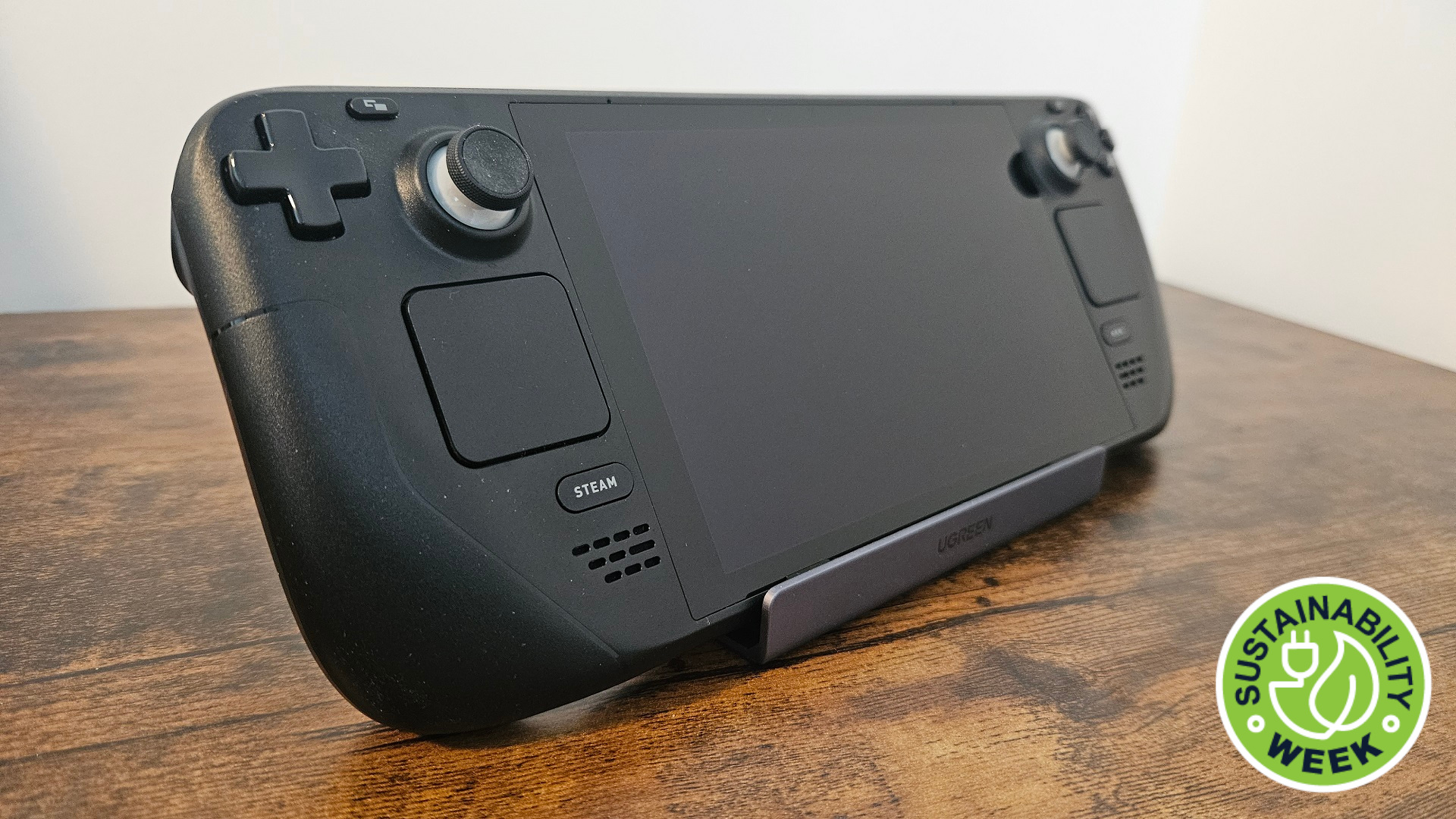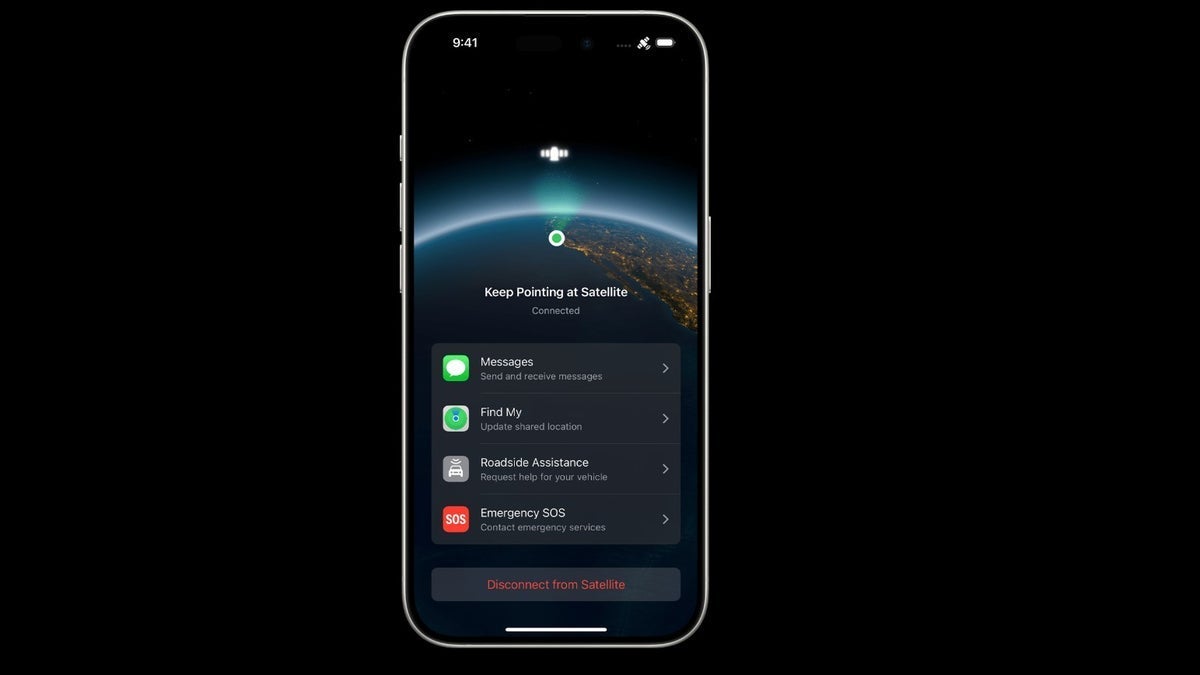AWS EC2 vs Lightsail — Which One Saves You More Money?
Pricing Model EC2: Pay-as-you-go (billed per second/hour based on instance type and usage). Lightsail: Fixed monthly pricing with bundled resources (compute, storage, data transfer). Resource Bundling EC2: Compute and storage (EBS) billed separately. Lightsail: Bundled packages include SSD storage, RAM, and data transfer. Example Monthly Cost EC2 (t3.micro): ~$8.60/month (excluding EBS, data transfer, etc.). Lightsail (512MB RAM, 1 vCPU, 20GB SSD): $3.50/month (all-inclusive). Data Transfer EC2: First 1GB/month free, then charged per GB. Lightsail: Free data transfer allowance (e.g., 1TB/month), extra charged at flat rates. Pricing Predictability EC2: Cost varies depending on instance hours, EBS, IPs, etc. Lightsail: Fixed cost makes budgeting simpler. Instance Flexibility EC2: Broad range of instance types (general purpose, compute, GPU, etc.). Lightsail: Limited instance types, suitable for simple workloads. Scalability EC2: Highly scalable with auto scaling groups, Elastic Load Balancers, etc. Lightsail: Basic vertical scaling; lacks advanced scalability features. Additional Services EC2: Deep integration with AWS services like VPC, EBS, CloudWatch, IAM, etc. Lightsail: Limited integrations; offers its own managed services (databases, containers). When to Use EC2? Choose EC2 when: You need custom networking and full control (e.g., VPC, subnets, security groups). You are running enterprise-grade or production-level apps. You require advanced autoscaling, load balancing, or specialized hardware (like GPUs). You want to host containers (ECS/EKS) or build a highly available architecture. When to Use Lightsail? Choose Lightsail when: You’re hosting blogs, websites, or small web apps. You want a simple, budget-friendly setup with predictable pricing. You’re a beginner or developer testing small projects. You want to quickly launch apps like WordPress, LAMP, or Node.js using pre-configured blueprints. Venkat C S
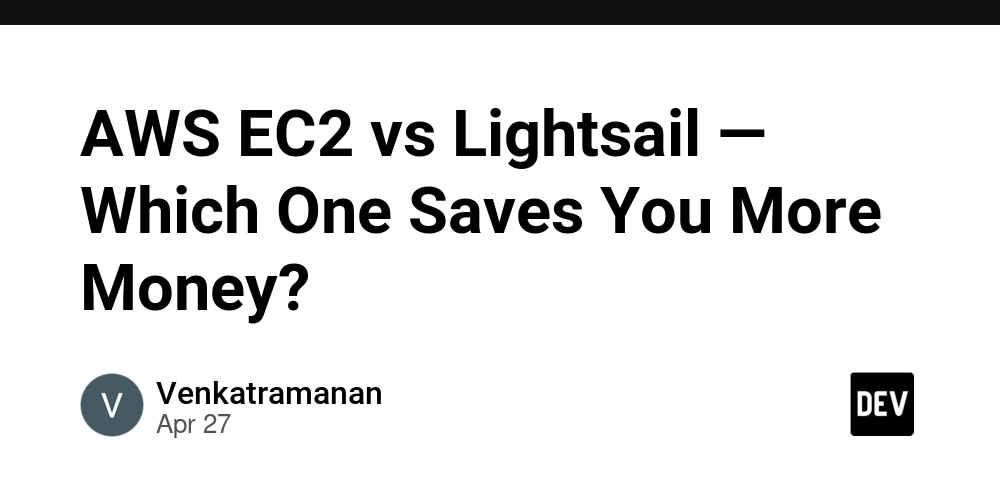
Pricing Model
EC2: Pay-as-you-go (billed per second/hour based on instance type and usage).
Lightsail: Fixed monthly pricing with bundled resources (compute, storage, data transfer).Resource Bundling
EC2: Compute and storage (EBS) billed separately.
Lightsail: Bundled packages include SSD storage, RAM, and data transfer.Example Monthly Cost
EC2 (t3.micro): ~$8.60/month (excluding EBS, data transfer, etc.).
Lightsail (512MB RAM, 1 vCPU, 20GB SSD): $3.50/month (all-inclusive).Data Transfer
EC2: First 1GB/month free, then charged per GB.
Lightsail: Free data transfer allowance (e.g., 1TB/month), extra charged at flat rates.Pricing Predictability
EC2: Cost varies depending on instance hours, EBS, IPs, etc.
Lightsail: Fixed cost makes budgeting simpler.Instance Flexibility
EC2: Broad range of instance types (general purpose, compute, GPU, etc.).
Lightsail: Limited instance types, suitable for simple workloads.Scalability
EC2: Highly scalable with auto scaling groups, Elastic Load Balancers, etc.
Lightsail: Basic vertical scaling; lacks advanced scalability features.Additional Services
EC2: Deep integration with AWS services like VPC, EBS, CloudWatch, IAM, etc.
Lightsail: Limited integrations; offers its own managed services (databases, containers).
When to Use EC2?
Choose EC2 when:
You need custom networking and full control (e.g., VPC, subnets, security groups).
You are running enterprise-grade or production-level apps.
You require advanced autoscaling, load balancing, or specialized hardware (like GPUs).
You want to host containers (ECS/EKS) or build a highly available architecture.
When to Use Lightsail?
Choose Lightsail when:
You’re hosting blogs, websites, or small web apps.
You want a simple, budget-friendly setup with predictable pricing.
You’re a beginner or developer testing small projects.
You want to quickly launch apps like WordPress, LAMP, or Node.js using pre-configured blueprints.
Venkat C S
































































































































































![[The AI Show Episode 143]: ChatGPT Revenue Surge, New AGI Timelines, Amazon’s AI Agent, Claude for Education, Model Context Protocol & LLMs Pass the Turing Test](https://www.marketingaiinstitute.com/hubfs/ep%20143%20cover.png)












































































































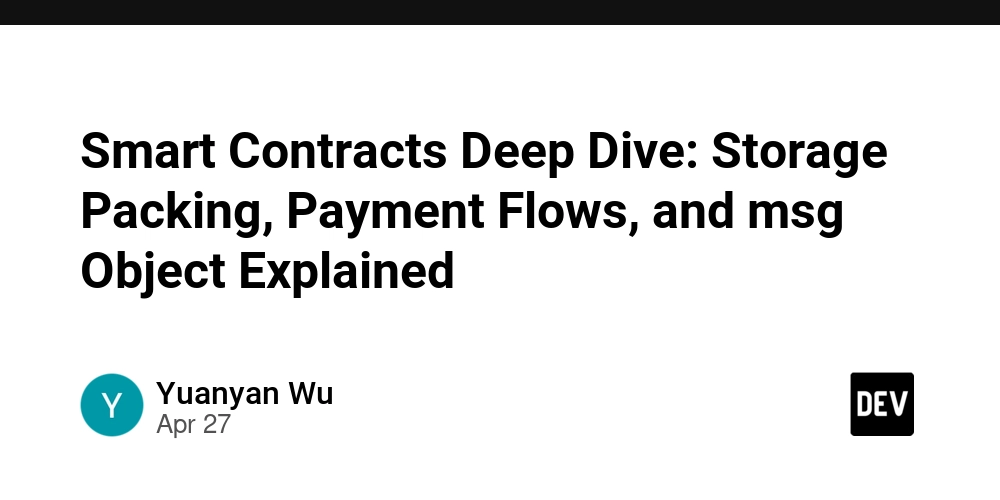

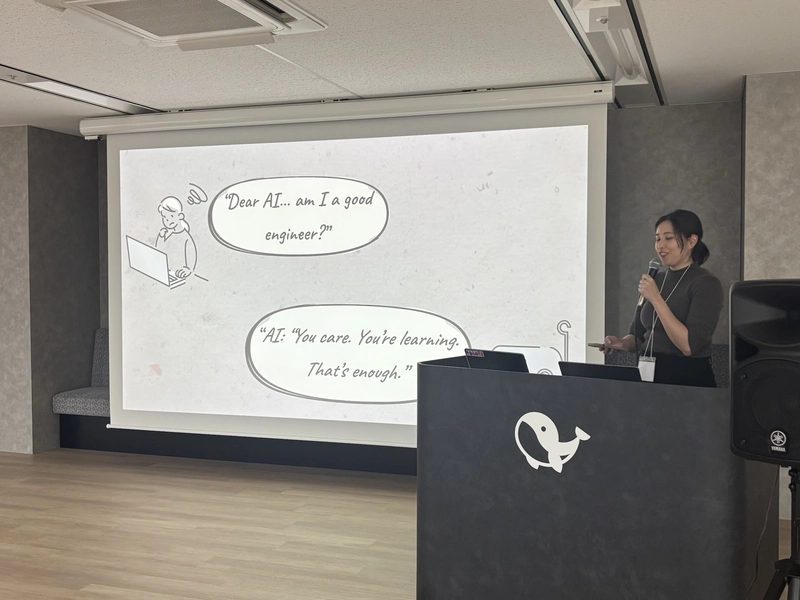











![[DEALS] Koofr Cloud Storage: Lifetime Subscription (1TB) (80% off) & Other Deals Up To 98% Off – Offers End Soon!](https://www.javacodegeeks.com/wp-content/uploads/2012/12/jcg-logo.jpg)
























![Is this too much for a modular monolith system? [closed]](https://i.sstatic.net/pYL1nsfg.png)


























-The-Elder-Scrolls-IV-Oblivion-Remastered---Official-Reveal-00-18-14.png?width=1920&height=1920&fit=bounds&quality=70&format=jpg&auto=webp#)
























































































_roibu_Alamy.jpg?width=1280&auto=webp&quality=80&disable=upscale#)




 CISO’s Core Focus.webp?#)









































































































![iPadOS 19 May Introduce Menu Bar, iOS 19 to Support External Displays [Rumor]](https://www.iclarified.com/images/news/97137/97137/97137-640.jpg)

![Apple Drops New Immersive Adventure Episode for Vision Pro: 'Hill Climb' [Video]](https://www.iclarified.com/images/news/97133/97133/97133-640.jpg)



















